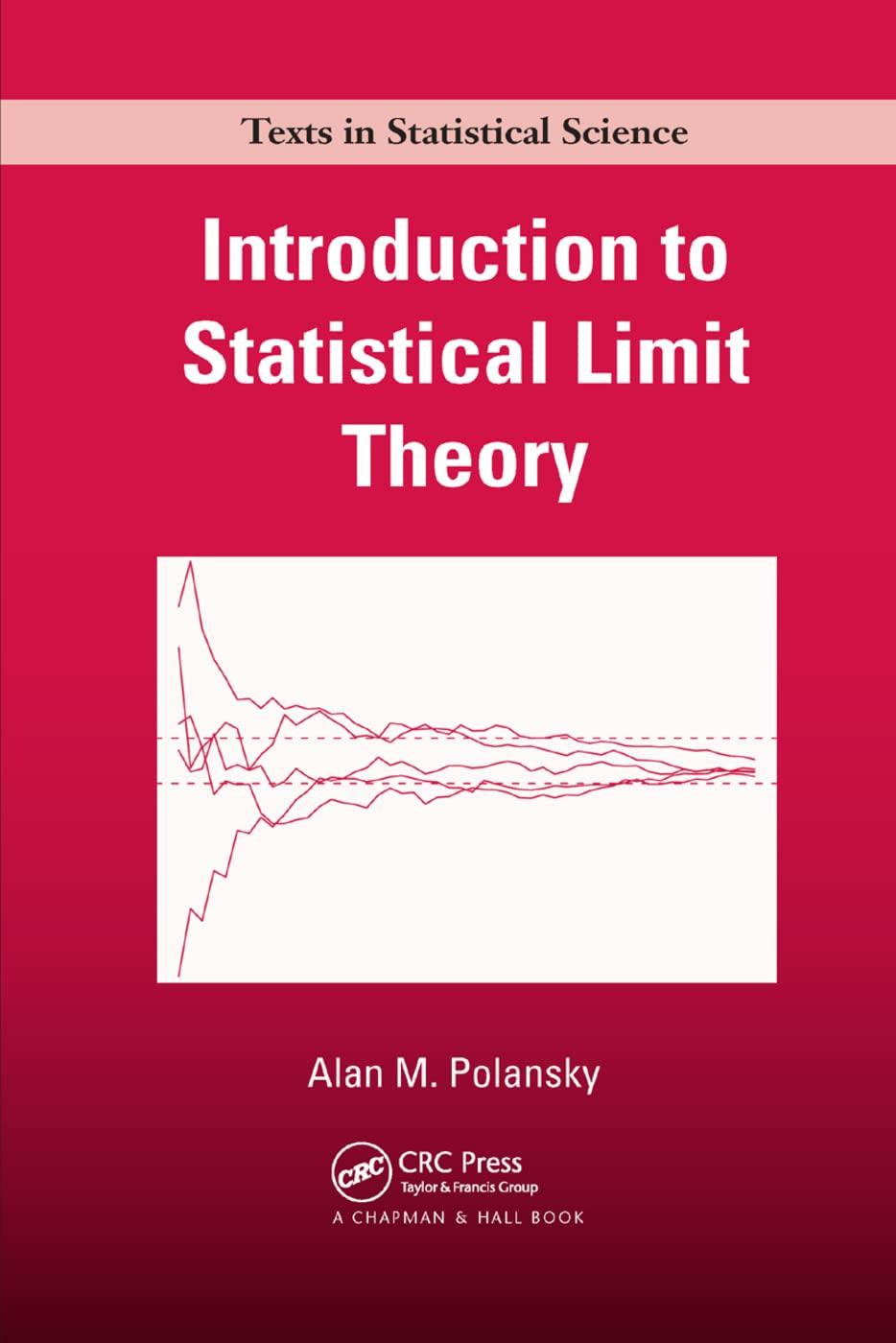Let (X_{1}, ldots, X_{n}) be a sequence of independent and identically distributed random variables from a distribution
Question:
Let \(X_{1}, \ldots, X_{n}\) be a sequence of independent and identically distributed random variables from a distribution \(F\) with parameter \(\theta\) and assume the framework of the smooth function model. A common \(100 \alpha \%\) upper confidence limit proposed, using the very different motivation, for use with the bootstrap methodology of Efron (1979), is the backwards confidence limit given by \(\hat{\theta}_{n}(\alpha)=\hat{\theta}_{n}+n^{-1 / 2} \hat{\sigma}_{n} g_{\alpha}\), where it is assumed that the standard deviation \(\sigma\) is unknown. Hall (1988a) named this confidence limit the backwards confidence limit because it is based on the upper quantile of \(G\) instead of the lower quantile of \(H\), which is the correct quantile given in the form of the upper studentized confidence limit. Therefore, one justification of this method is based on assuming \(g_{\alpha} \simeq h_{1-\alpha}\), which will be approximately true in the smooth function model when \(n\) is large.
a. Find an asymptotic expansion for the confidence limit \(\hat{\theta}_{n}(\alpha)\) and find the order of asymptotic correctness of the method.
b. Find an asymptotic expansion for the coverage probability of the upper confidence \(\hat{\theta}_{n}(\alpha)\) and find the order of asymptotic accuracy of the method.
c. Find an asymptotic expansion for the coverage probability of a two-sided confidence interval based on this method.
Step by Step Answer:






